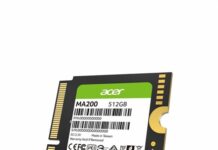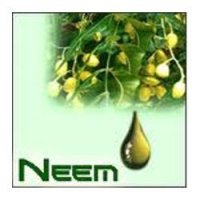
The recent GOI (Government of India) directive to urea manufacturers to compulsorily coat 75 per cent of their urea with neem is likely to result in hugeincremental business opportunity worth ~INR 5000 Croresfor SMEs and SSIs. The neem oil used for coating is supplied by small units, whichpurchase neem seed/fruitlocally and crush it to extract oil.
Currently less than 20 per cent of urea is coated with neem.Other than urea coating, neem oil is mostly used as an insecticide. Farmers also use neem cake as fertiliser, but not extensively. Sinceneem cake production is not commercially attractive and does not carry any brand value.
Why Neem Coating?
Neem coating improves the effectiveness of urea in providing nitrogen to the soil and reduces urea requirements up to 20 per cent. Since urea is sold at highly subsidised prices to the consumer, a decrease in urea consumption can lead to a reduction in subsidy burden of the government.
Win-Win forBoth Farmers and Fertilizer Manufacturers
Neem coated urea is sold at slightly higher prices vis a vis standard urea, thus making it attractive for fertiliser producers to sell neem coated urea.Neem coated urea may find favour with both farmer and fertiliser manufacturers; farmer needs less urea and fertiliser producers look for higher price for neem coated urea.
INR 5,000CrsIncremental Opportunity?
India is amongst world’s top three producers of urea. At current urea production of 225 lakh tonnes per annum,coating 75 per cent of urea with neem oil would result in a demand for 8 lakh tonnes of neem oil (assuming 5 litres of neem per tonne of urea). Even if 50 per cent of the urea were to be coated, additional 6 lakh tonnes of neem oil would be required, which almost equals current production of neem oil, resulting in an incremental demand of INR 5,000 crores worth neem oil.
Business Opportunities AcrossNeem Product Value Chain
Urea coating is expected to generate business opportunities across neem product value chain, starting from neem plantation, seed and fruit collection and neem oil extraction.The opportunity for improving neem seed collection efficiency can be very attractive for states such as Telangana, Gujarat, Uttar Pradesh, Bihar and Maharashtra which havelarge neemplantations. As forthe extraction of oil, the entrepreneurs would need to scale up their operations to meet the large demand and quality requirements of urea producers.
What Kind of Resources Will Be Required?
The capital required for a viable neem oil extraction plant can be up to INR 2-3 crores, including working capital requirements. Neem is a working capital intensive business as the fruit is produced only during May-August and has to be stored for the next 6-8 months. Given the working capital intensity,there is a need for specific bank loan product for neem based businesses as its working capital requirement are far higher than the lending norms forSMEs, currently restricted to 25 per cent of the sales turnover.
Key StakeHolders?
Overall, neem oil seems like an attractive opportunity for small businesses. Moreover, neem product manufacturing is environment friendly and exploits local resources. Neem coating is the way to reduce subsidy bill, provided specific steps are taken to support small enterprisesacross the neem oil value chain.Since urea companies are the largest stake holders, they could pitch in by developing a strong vendor base of neem oil producers.Financial institutions/banks, in the context of revised priority sector definitions and allocations can view the sector as offering a potential opportunity.
Tags: SMEs, Small Businesses, Neem Oil, Working capital, Banks
Bharti Krishnan, CFA is partner with FineTrain(www.finetrain.com), a business advisory firm for small enterprises. Prior to co-founding FineTrain, she worked with both CRISIL and ICRA.
CCI Newswire
































